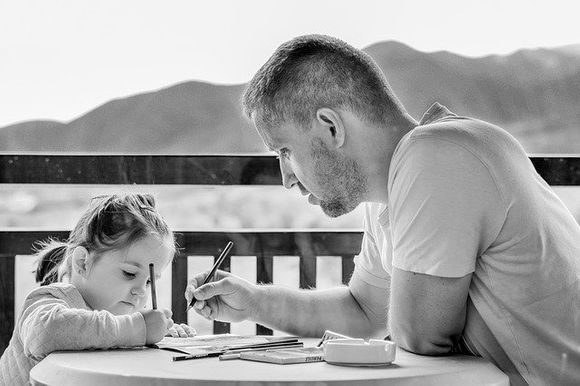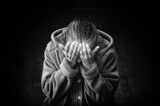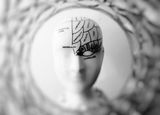Author: Sylvia Marinova, PhD student in the Genomic Stability Laboratory at BAS
Deformities of the musculoskeletal system are among the most common reasons for visiting the doctor's office in childhood. Spinal deformities and incorrect posture are a particularly serious problem [ref.1]. The reasons for their increasingly alarming increase are rooted mainly in the lifestyle of modern children and their families. Lack of movement together with a long stay in a sitting position lead to serious deformations.
Read more in the article .
The normal curves of the spine

The spine is made up of many vertebrae held together by ligaments and muscles. Between the vertebrae are soft "cushions", called intervertebrae discs, the role of which is to absorb vibrations when moving and interfere with friction between the vertebrae.
In thisway, it acts as an elastic spring and thus increases its resistance and supports the three main movements - bending back and forth, tilting both sides and twisting around its longitudinal axis. Physiological curves are two lordoses (protruding forward) and 2 kyphoses (protruding backwards), forming a double S-shaped curve and corresponding to the corresponding segments of the spine:
- sheath curve - also known as cervical lordosis.
- it is in a dorsal direction, i.e. backwards
- clarified curve - more lumbar lordosis
- cross curve - the last curve of the spine, also called sacral kyphosis
Prevention of spinal distortions in children is important
This will help us understand why children are particularly susceptible to spinal distortions.
During intrautere development and for a short period after birth, the baby has only one primary kyfotic curve that will give rise to the thoracic and cruciate curves. The other two curves - lordotic (in the forward direction), begin to form when the baby begins to raise his head and walk. Therefore, they are very unsustainable in children and make their spine particularly susceptible to non-physiological changes in childhood.
Types of spinal distortions
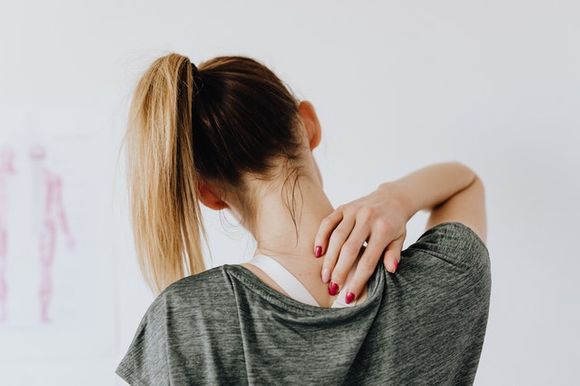
The S-shaped curves described above are natural when they meet certain norms. If they are larger or smaller than them, then we are talking about abnormal curvature or distortion. In addition to lordosis and kyphosis, which describe distortions in the front-reardirection, distortion can also be obtained sideways - we call it scoliosis. Some examplesof distortions are:
- Thoracic kyphosis - when the curve in the thoracic region becomes too large. It is also known as "round back";
- Thoracic hypokiphosis - with it, the curve in the thoracic region is not large enough, and then we talk about a "flat back";
- Thoracic lordosis - here we are talking about "concave back". It is characteristic that the chest curve is inverted and directed in the front direction to the chest.
Cuases for spinal distortions

Most spinal deformities begin as so-called non-structural or functional distortions [ref.3] . These distortions are usually due to incorrect posture and misdiagnosed muscle strength . By definition, such curves return to normal when the individual is standing in a proper posture or lying down. Even when the wrong posture has become a habit or there is regular asymmetricand excessive load (such as from the school backpack), usually this type of distortion is reversible by building correct habits and appropriate exercises that can be prescribed by a physiotherapist.
Functional distortions can go structural when they remain untreated and are not being worked on. Then we are talking about acquired structural changes. Unlike non-structural changes, they have a loss of flexibility in a certain segment of the spine. They may also develop due to congenital deformities (congenital).
Congenital deformities can be an irregular form of the vertebrae, adhesions between them or separation, etc. It is characteristic of them that they lead to distortions that worsen with the growth of the child. However, in some cases, if timely measures are taken, the long-term effect may be reduced.
Other spinal problems in children
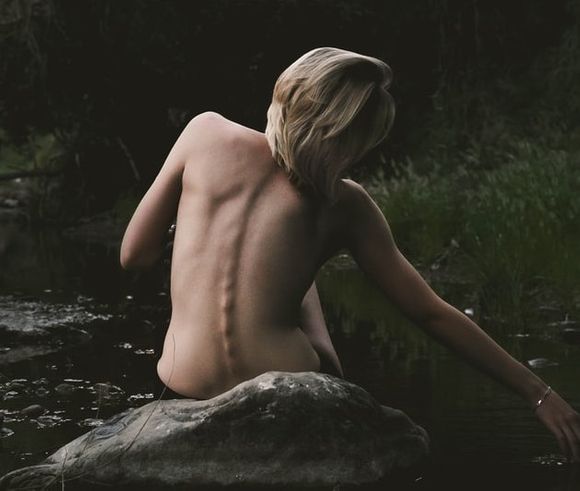
- Spondylolysis - these two conditions are the most common cause of pain [ref.4] in the lower back in children over 10 years of age. Probellolysis is a degeneration of the intervertebrae discs and is usually due to increased stress on them due to load and the generation of multiple micro-injuries that over time lead to wear and tear.
- Spondylolysis - it develops as a result of spondylolysis in prolonged biomechanical stress and lack ofmeasures. Due to a decrease in resistance of the spine, it is possible that some vertebrae slip against each other and lead to serious complications.
Of course, there are other spinal abnormalities that occur in children, but they are not subject to this article.
When to seek medical attention
Consultation with a pediatric specialist in the field is needed when our child:
- begin to acquire lateral curves of the spine
- begin to acquire unusual rounding in the shoulder area
- begin to acquire asymmetry in the shoulders or pelvis
- experiences unusual back pain
How to treat spinal distortions
Swimming is a sport that prophylactics spinal distortion, helping the proper development of the chest and spine. This is not a guarantee that there will be no distorting, of course. It turns out that in more flexible children, spinal distortions are more common. For this, in addition to periodic preventive examinations, in case of suspicion of this type of problem, an orthopedist and a physiotherapist should be consulted accordingly.
The prognosis depends very much on how serious the spinal malformations are and on what is the root cause of them. However, most children regain the correct curves of the spine. Therefore, prevention, properdiagnosis and appropriate treatment are needed.
